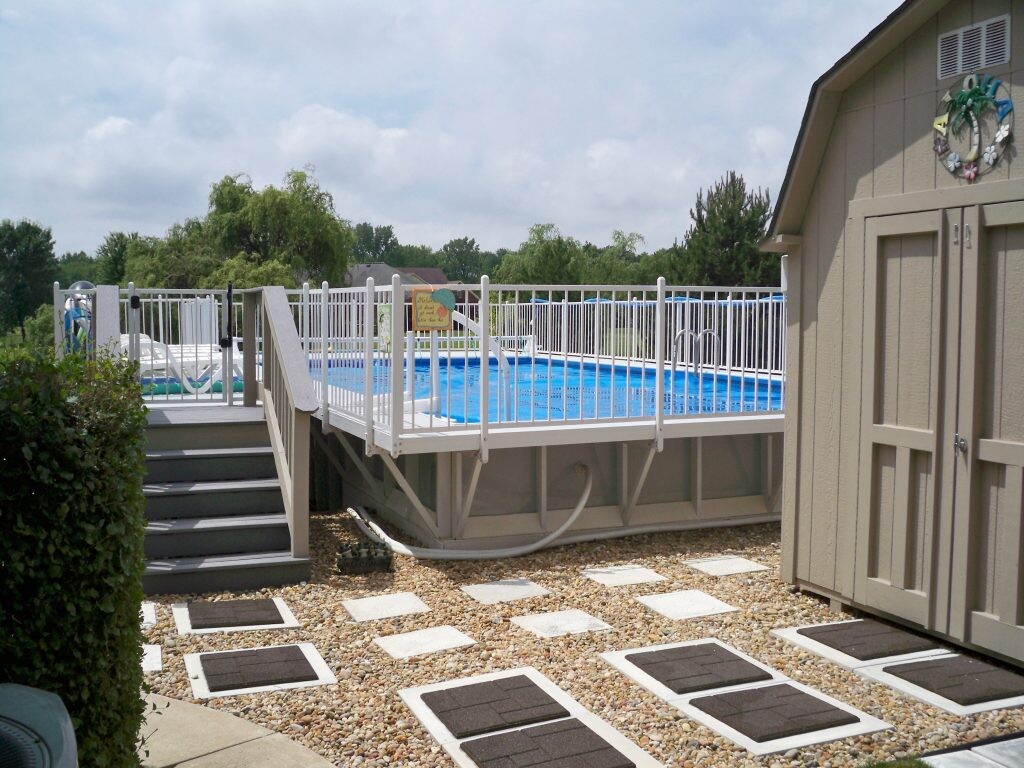Regular pool maintenance is essential for keeping your pool safe and clean as well as extending the lifespan of your pool equipment. Simple mistakes in your pool maintenance routine could be harming your pool equipment, but with a few tweaks to your techniques, you can easily get back on the right path. Learn how to fine-tune your pool maintenance habits to keep your pool equipment running strong.
1. Run the Pump the Right Amount of Time
The water in your pool should be completely filtered once per day. Typically, this takes about eight to twelve hours. If you do not run your pump long enough, your water can get cloudy and algae may start to grow. Conversely, running your pump for too long can be a waste of energy and wear down your pump, leading to costly electric bills and repairs.
2. Don’t Place Chlorine Tablets in the Skimmer 
Chlorine is safe when dissolved in water, but tablets contain a high concentration of chlorine that can be harmful to pool equipment. When the tablets are placed directly in the skimmer, they do not have the opportunity to disperse properly and can build up until the pump is turned on. Harmfully concentrated chlorine water is then pushed through the filtration system causing corrosion on metal, plastic, and rubber pool components.
3. Shock Your Pool at Night
Chlorine is an effective way to kill contaminants in your pool by attaching itself to pollutants and creating chloramine. The pool should be shocked about once a week to destroy the chloramine and any other leftover contaminants. Sun can decrease the effects of the shocking process by burning off the highly-concentrated chlorine at a rate of 1 part per million (ppm) each hour. It is also wise to shock the pool at night because there is an adjustment period after the shocking process during which the pool should not be used due to the high levels of chlorine. Shocking the pool at night leaves adequate time for the balance to restore.
4. Use Calcium Hardness
Calcium hardness should be added to your pool water to help prevent corrosion and scaling of the pool surface. It usually only takes one use per season to get calcium levels up to the desired 200 to 250 ppm, although levels can change throughout the season and should be measured frequently. Excessive splashing and evaporation can cause loss of calcium hardness and some types of shock add calcium with each use. Water sources may have differing levels of calcium hardness as well, so being aware of your local water source can help when maintaining calcium hardness.
5. Test Your Pool Water
A simple yet fundamental element of proper pool care is frequently measuring levels in the pool water. Chemicals are used in pool water to keep it clean and prevent erosion of pool components. Calcium hardness and chlorine should be measured to make sure the water is safe as well as levels of alkalinity, copper and iron, total dissolved solids and phosphates/nitrates. Testing kits can be purchased at your local pool supply store and are relatively easy to use. Be prepared to adjust pool levels according to the test results to maintain the proper balance in your water.
Pool maintenance doesn’t have to be complicated. Knowing the basics of how your filtering system works and the proper water-chemical balance can save you money by extending the life of your equipment and lowering energy costs. By performing maintenance every week, you can improve the swimming experience for everyone.
